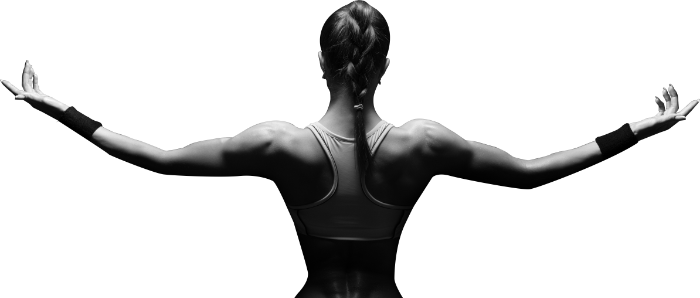Electrotherapy
What is Electrotherapy?
Electrotherapy is a type of stimulation therapy that uses electrical energy as a form of medical treatment. It applies mild and calming electrical pulses to the problem area to relieve muscle pain, reduce recovery time and speed up the healing process. The term “electrotherapy” also applies to the use of electric currents to hasten wound healing.
If you haven’t controlled your pain and other symptoms despite trying various movement exercises, massages and pain-relieving medications, then your chiropractor may recommend this method. Electrotherapy’s primary function is to help relax muscle spasms, increase blood circulation, rehabilitate muscles, and promote electrical muscle stimulation. The treatment helps maintain and improve range of motion, wound healing, and helps in managing chronic, post-traumatic acute and post-surgical acute pain.
How Does Electrotherapy Work?
Electrotherapy units consist of a battery-powered device that’s connected by wires to adhesive electrode pads. These pads are placed on the skin in the affected or injured area. Once the electrode pads are secure, the unit is turned on, and a mild electric current is transferred via the pods.
For most people, electrotherapy feels like a vibrating massager with a buzzing and tingling sensation. It is not painful, and it certainly will not cause as much pain as the issue that led you to try out electrotherapy to begin with. The electrode is quite literally vibrating the muscle under the skin, which some people find relaxing.
Effects of the Stimulating Electrotherapy Sessions
To dive into how this process works in greater detail, you first need to understand how the feeling of pain is transmitted throughout the body. When you feel pain, it is generally due to an injured nerve. An electrical signal is sent from the affected nerve to the brain.
Electrotherapy, also known as electrical stimulation, treats nerve problems by sending electrical impulses to the brain. The change in signals seems to interrupt or block the pain signals from the injured area to the brain, reducing the amount of pain you feel. In addition, electrotherapy encourages the body to release its natural pain killers called endorphins.
Types of Electrotherapy
There are several types of electrotherapy used with common modalities. These include:
- Electrical Muscle Stimulation (EMS): consists of low-voltage currents to stimulate muscle contractions
- Transcutaneous Electrical Nerve Stimulation (TENS): consists of small currents transmitted in pulses to stimulate the skin’s surface and nerve endings
- Interferential Therapy: similar to TENS but with a higher pulse intensity
- Microcurrent Stimulation: consists of tiny electrical currents to relieve pain and heal soft tissue
- High Voltage Pulsed Galvanic Stimulator (HVPGS): consists of high-voltage pulses administered in short intervals to stimulate deep tissue
What Conditions Can Be Treated Using Electrotherapy?
Chiropractors typically use electrotherapy to rehabilitate muscles, prevent spasms, increase blood circulation and improve range of motion. Some of the conditions that can be addressed through electrotherapy include:
- Abnormal peripheral blood flow
- Atrophy
- Edema (chronic and acute)
- Fecal and urinary incontinence
- Iontophoresis
- Joint mobility issues
- Neuromuscular dysfunctions
- Pain
- Tissue injury
- Weakened motor control and function
Electrotherapy Stimulation Side Effects
Side effects from electrotherapy treatments are rare, but they can happen. These may include low blood pressure, allergic reactions, fetal damage (if the pads are placed over a pregnant woman’s uterus) and cardiac arrhythmia (if used on patients with a pacemaker or heart problems). In general, electrodes should never be applied to the uterus, throat, heart, open wounds, and other irritation areas.
While most electrotherapy devices are suitable for home use, it is best to consult with your chiropractor and have the procedure done by a certified electrotherapy specialist to reduce your injury risk. We have electrotherapy professionals on board to help with any issue you might have. Don’t hesitate to get in touch with us at 416-722-3393.

